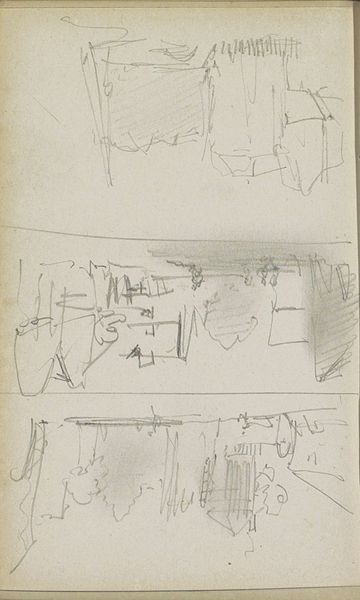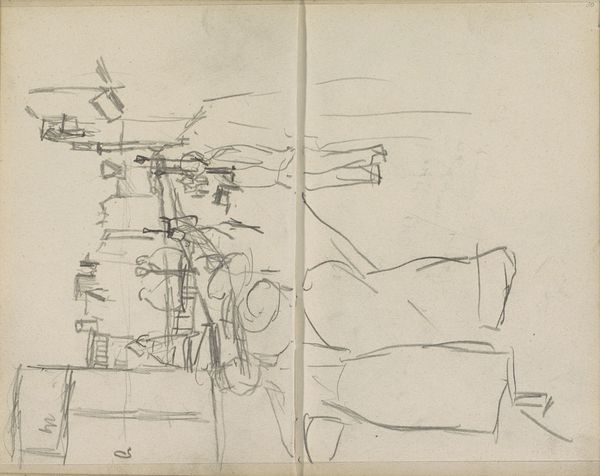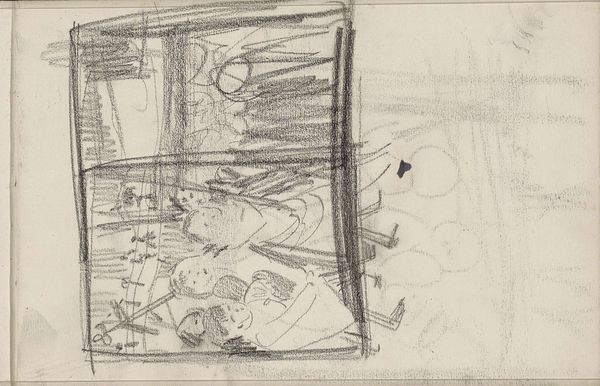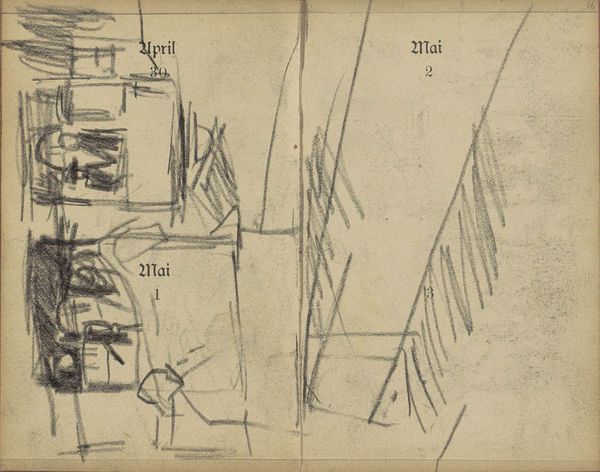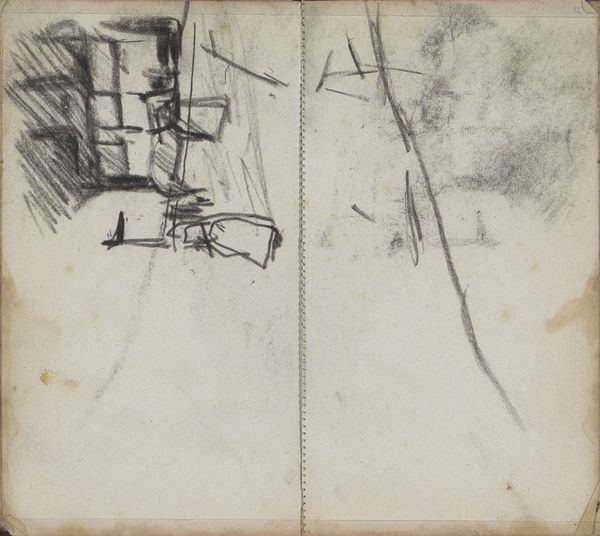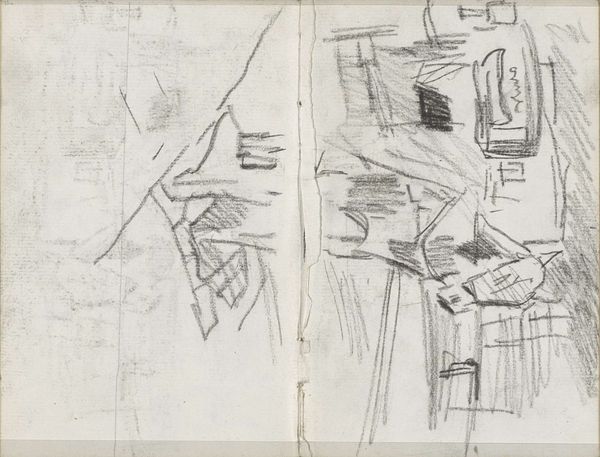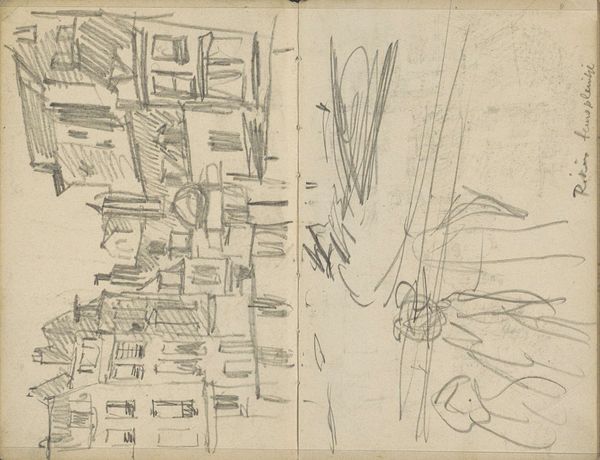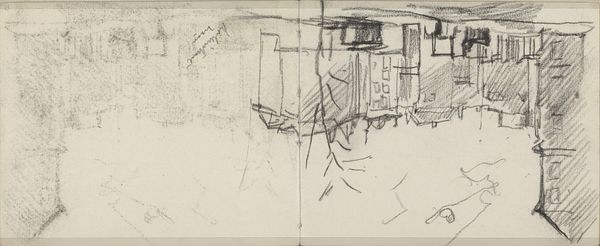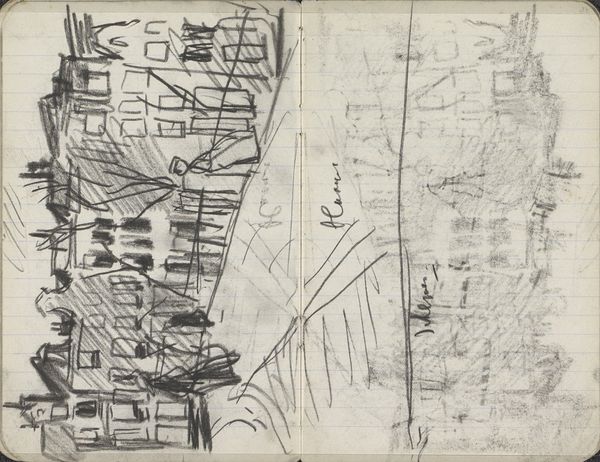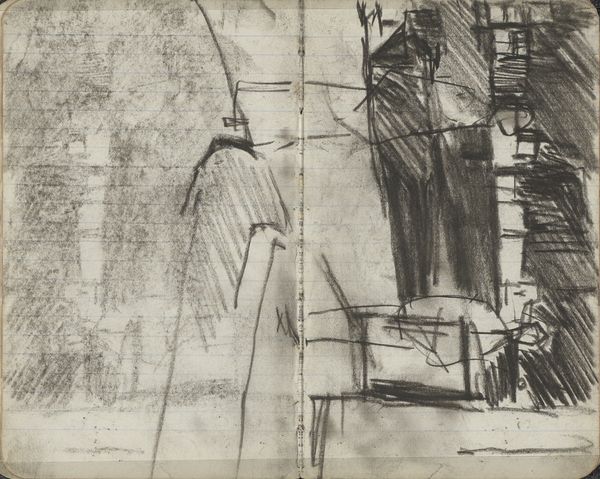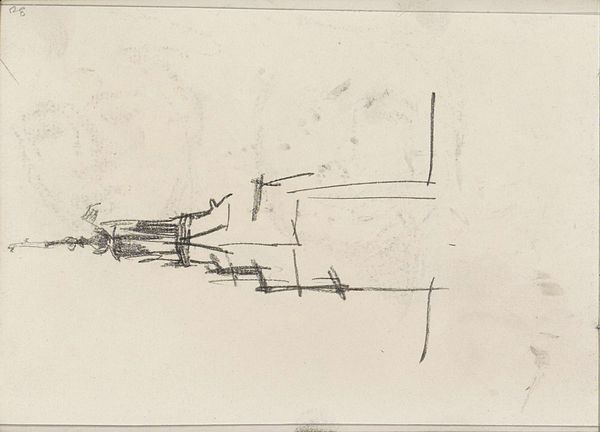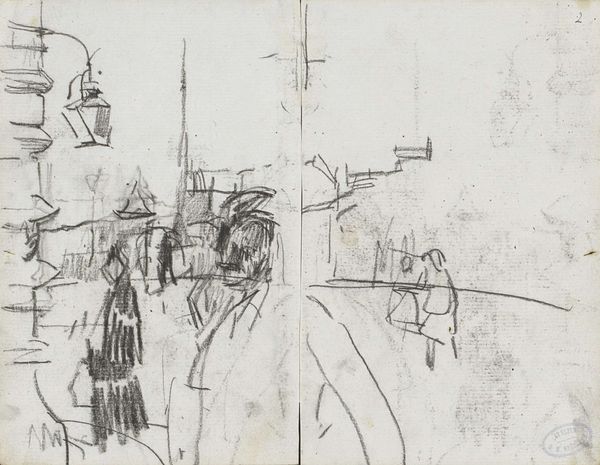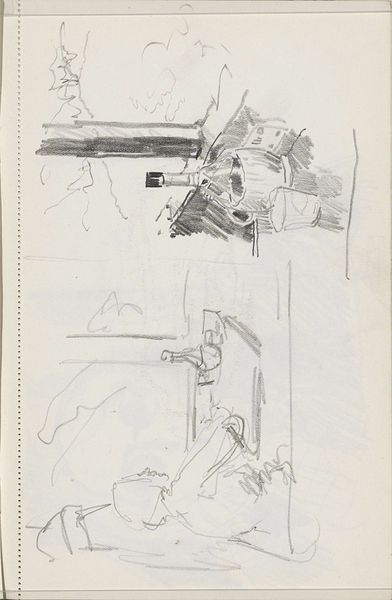
print, photography, gelatin-silver-print
#
film photography
#
wedding photograph
# print
#
wedding photography
#
ceremony
#
archive photography
#
photography
#
gelatin-silver-print
#
monochrome photography
#
monochrome
Dimensions: sheet: 23.8 x 29.9 cm (9 3/8 x 11 3/4 in.)
Copyright: National Gallery of Art: CC0 1.0
Curator: This gelatin-silver print, "South America and Spain 10" by Robert Frank, captured in 1948, presents a whole roll of film, little glimpses of life stringed together in the artist's developing process. What strikes you about this presentation? Editor: It's like a contact sheet, right? Showing multiple images, all the "takes" on the same subject. I suppose that Frank shows us not just the final picture but also the whole photographic process of deciding which image should be relevant, a story behind each click. But why? Curator: Precisely! And it forces us to consider the photographer's choices, the construction of narrative and meaning. Looking at these frames, what do you notice about the scenes and the subjects? Where might they be located geographically? Editor: There appear to be gatherings of people, a lot of what seems to be ordinary life documented and collected in each image. Given the title, maybe the shots have to do with Frank's identity? Considering he was a Swiss-born photographer who traveled extensively…it makes you wonder how he navigated these different places and social dynamics. Curator: Exactly. Think about the social and political climate of the post-war period. Frank, an immigrant himself, likely felt a keen sense of observation and distance, looking for both belonging and difference in a society divided by power, identity, and capital. The sequencing here is less about pure aesthetics, and more about the layered experiences. Don't you think this film reel reflects Frank's wandering view? Editor: Definitely, I get the sense of an ongoing and ever-evolving documentary process that is about capturing real life and moments, from parties to ordinary scenes, almost like taking visual notes. Curator: Precisely. It reminds us to read images critically, understanding that every photographic choice—framing, selection, sequencing—reflects the photographer’s perspective and shapes the narrative. Editor: Thanks, that perspective is super insightful, helping to frame not just the picture but the photographer's social commentary in relation to the photographed subject.
Comments
No comments
Be the first to comment and join the conversation on the ultimate creative platform.

